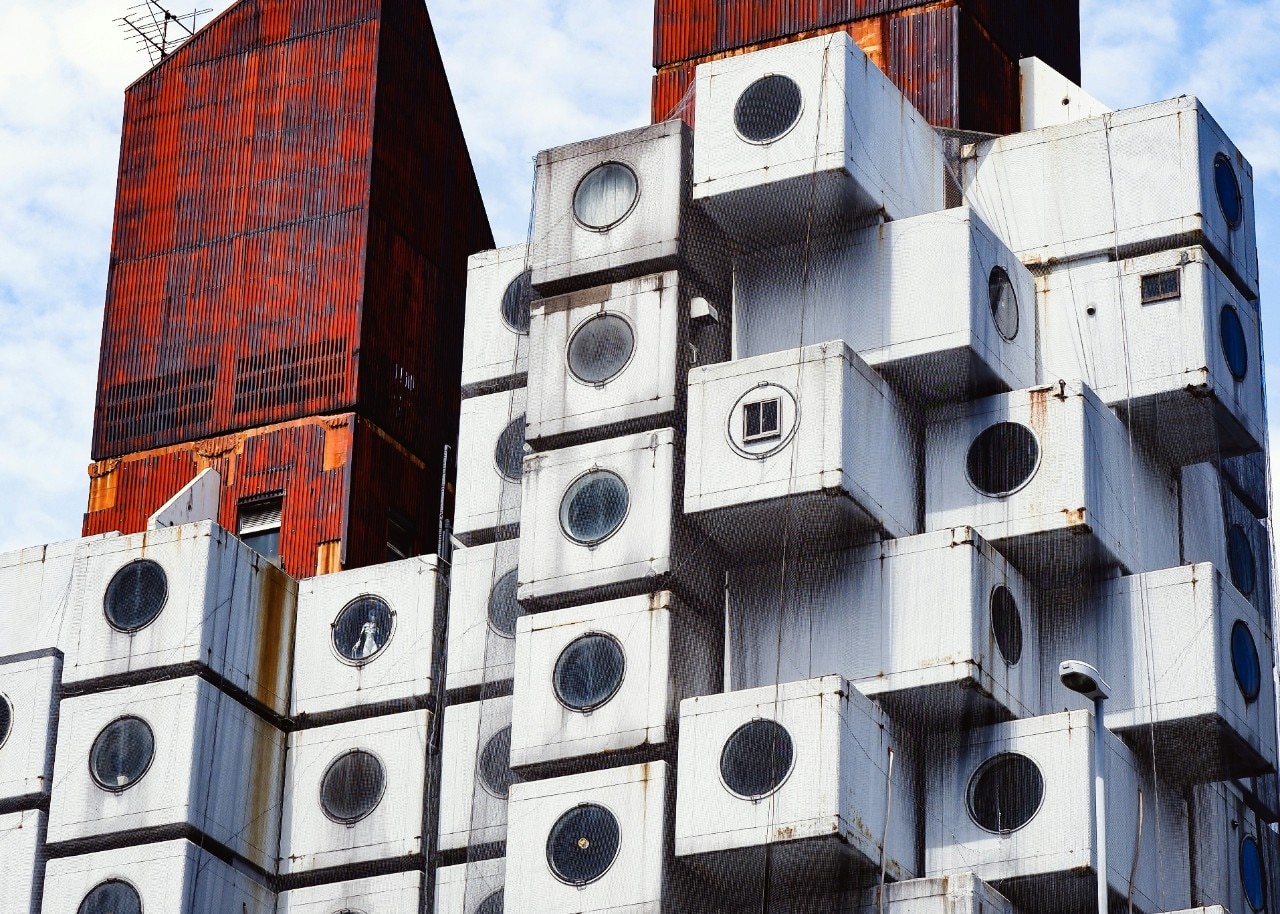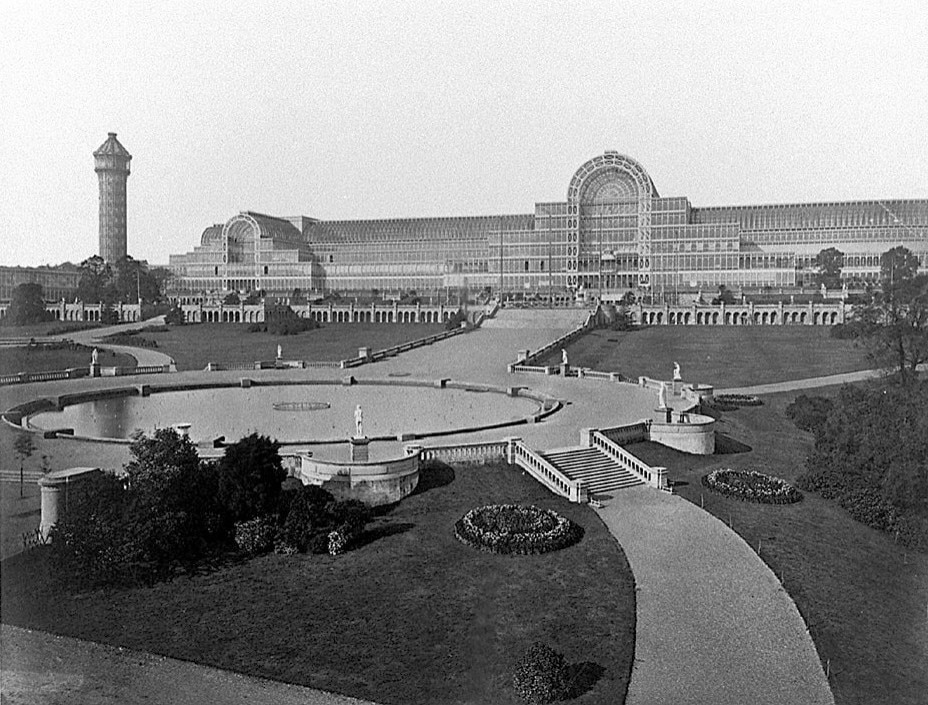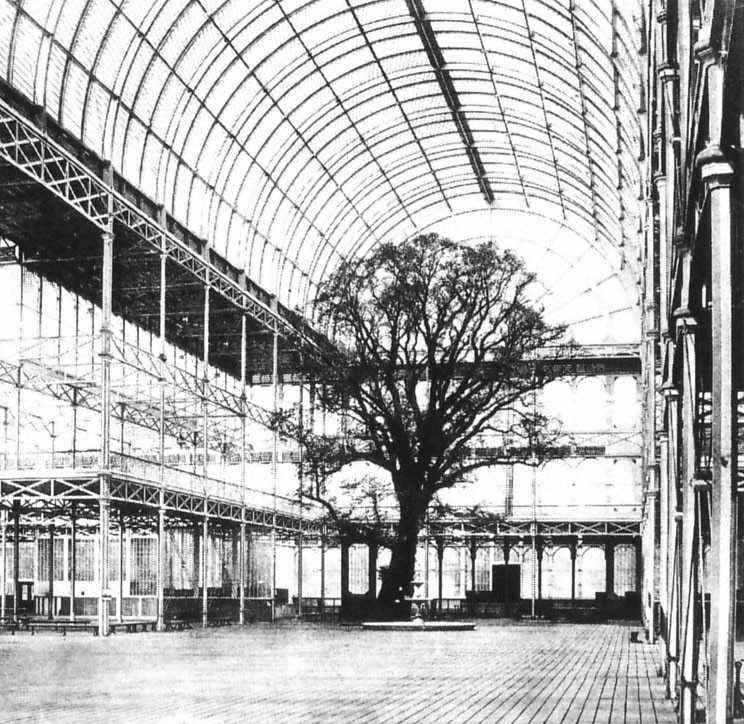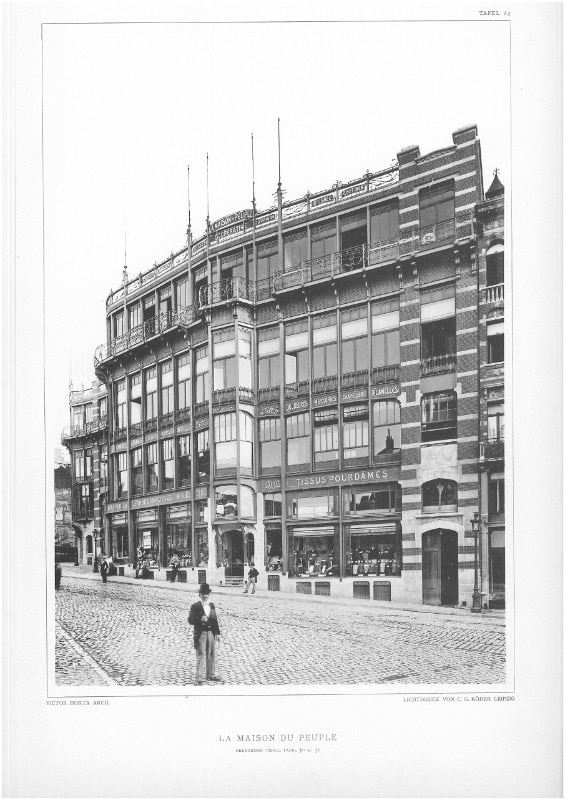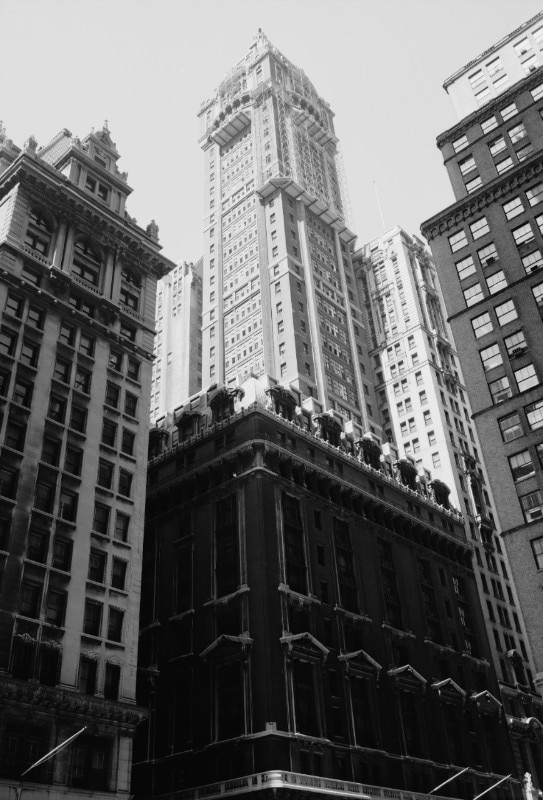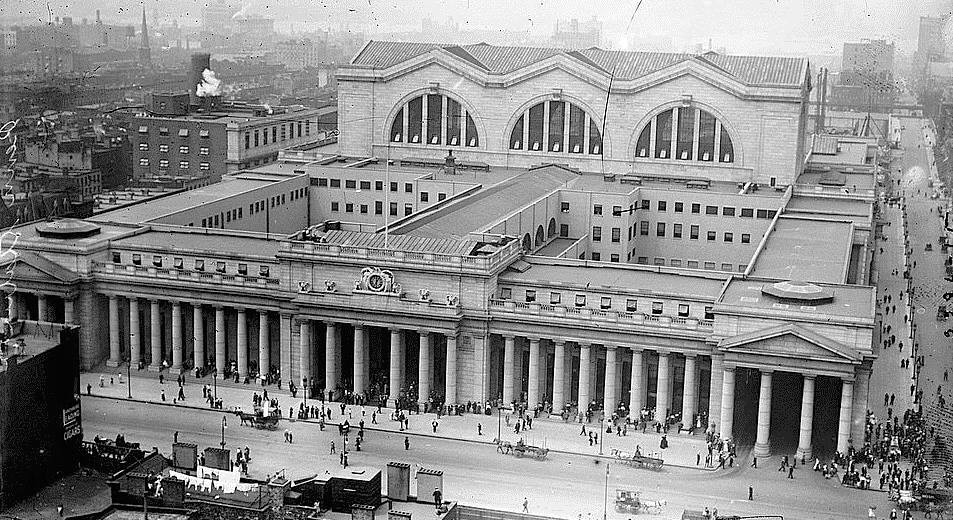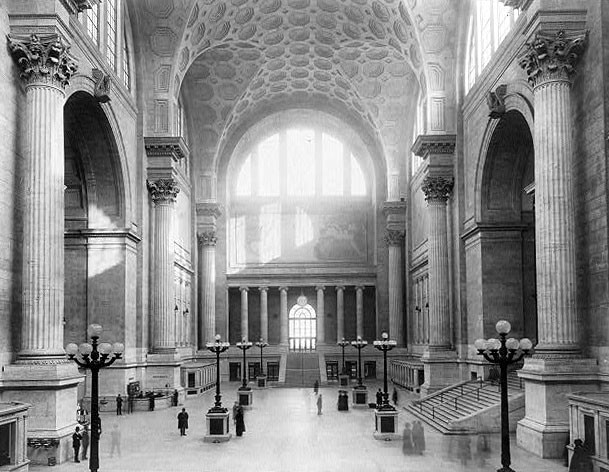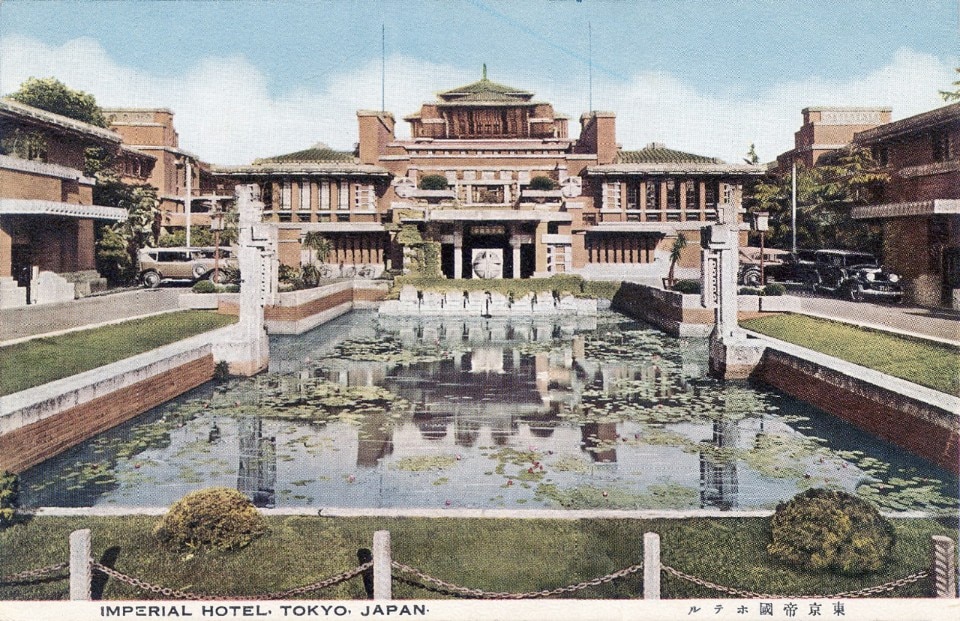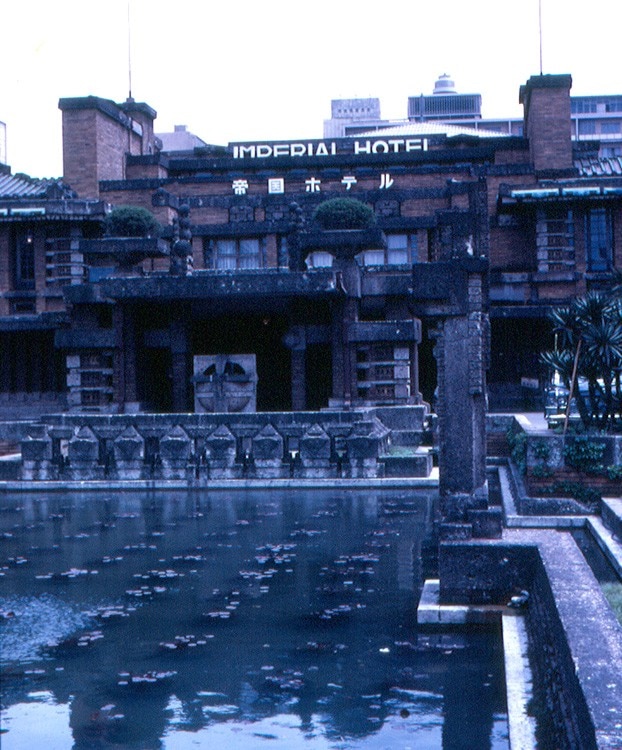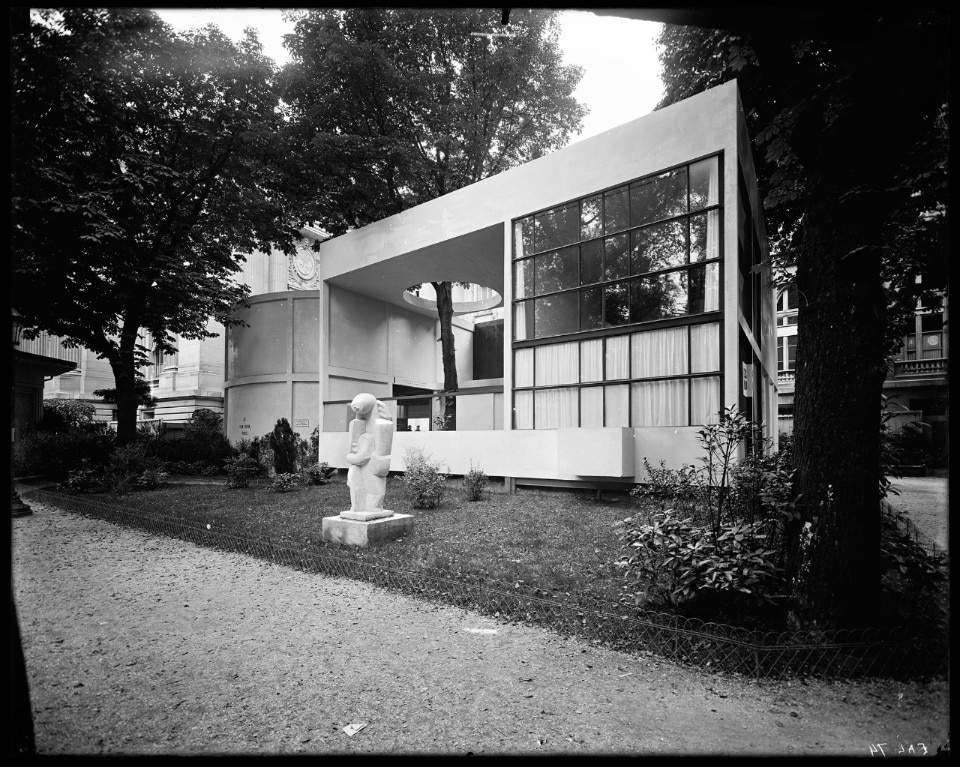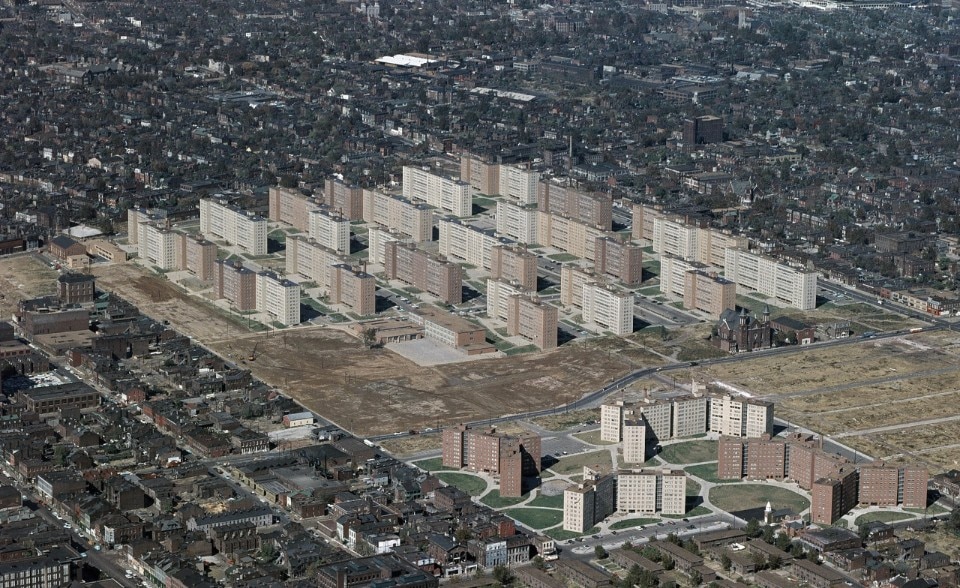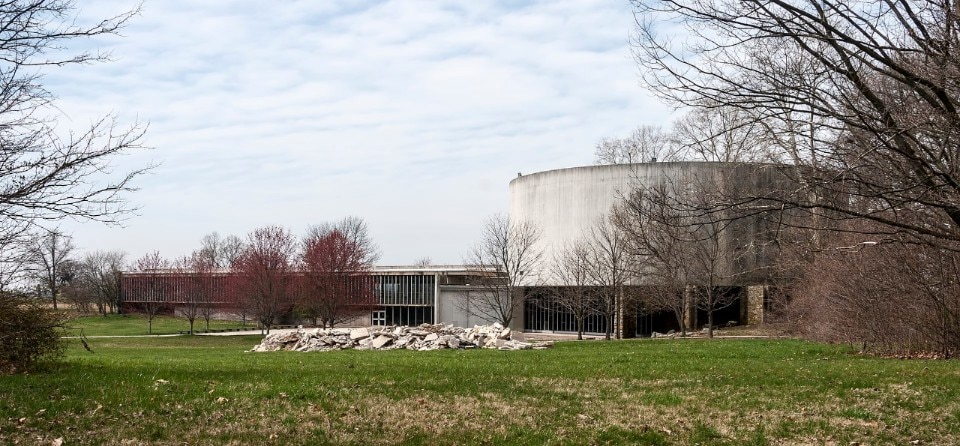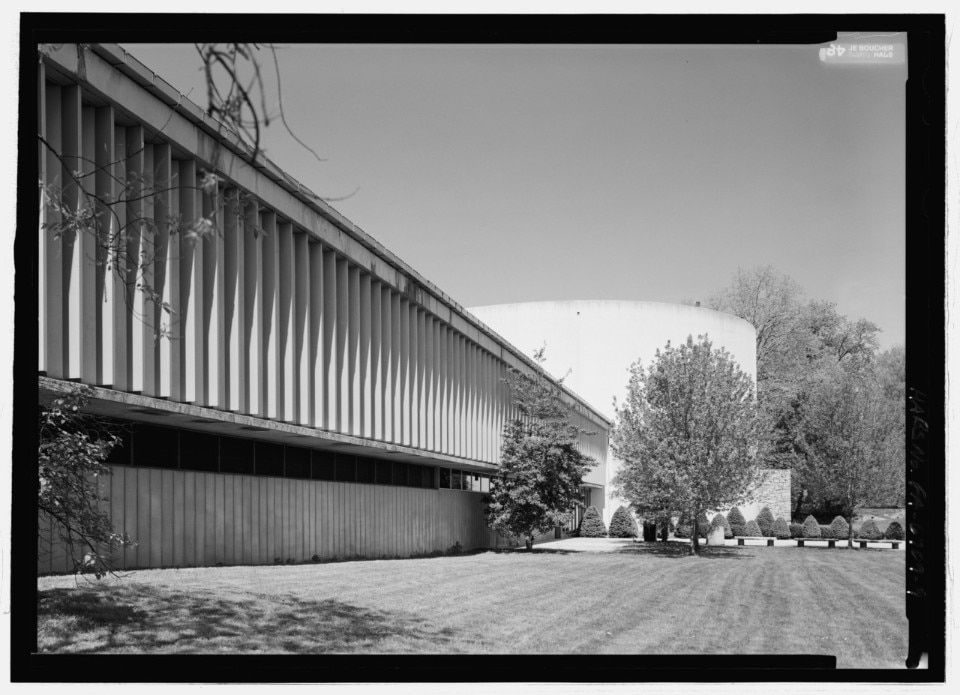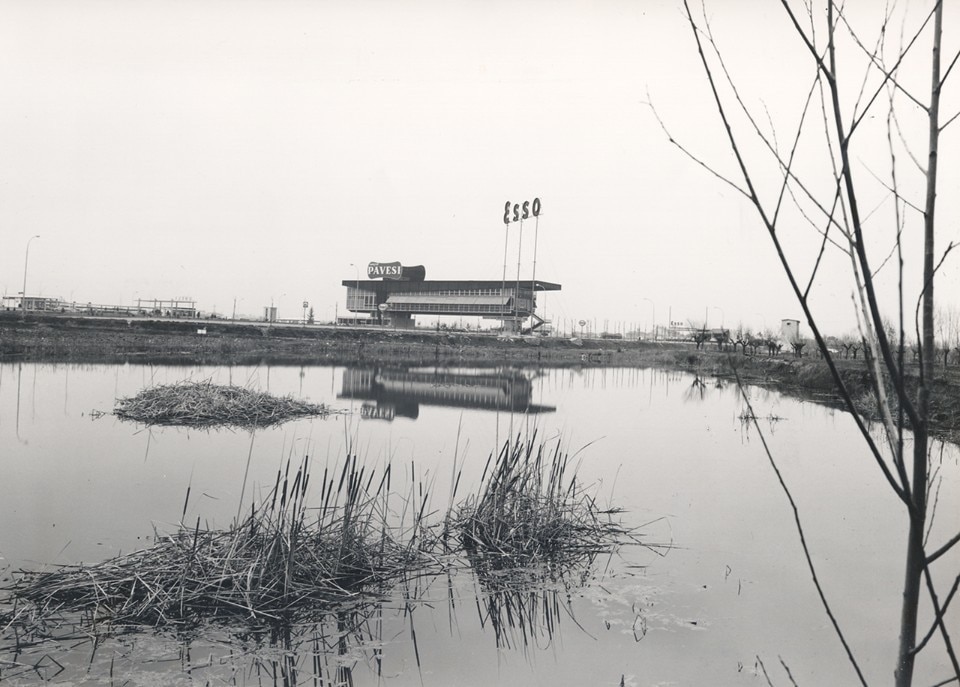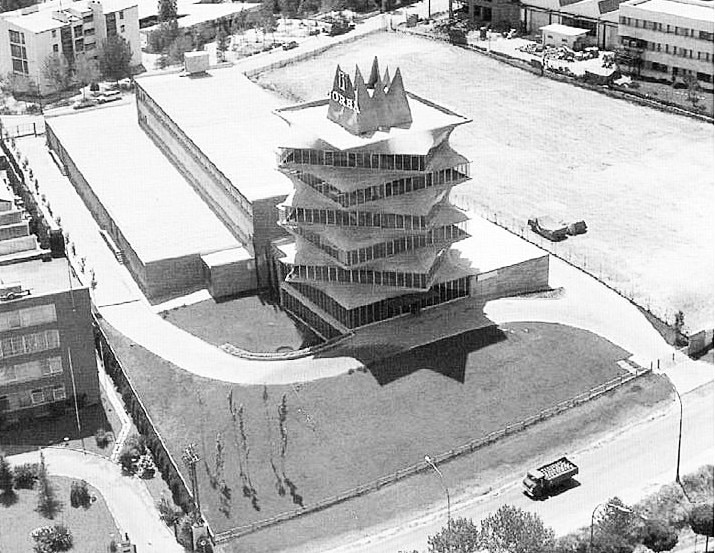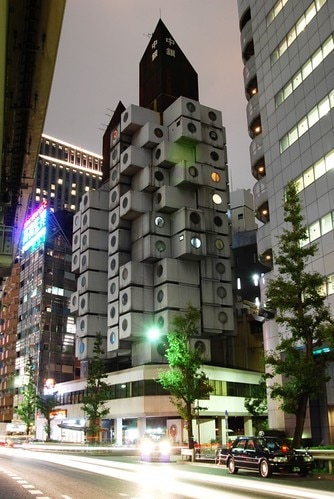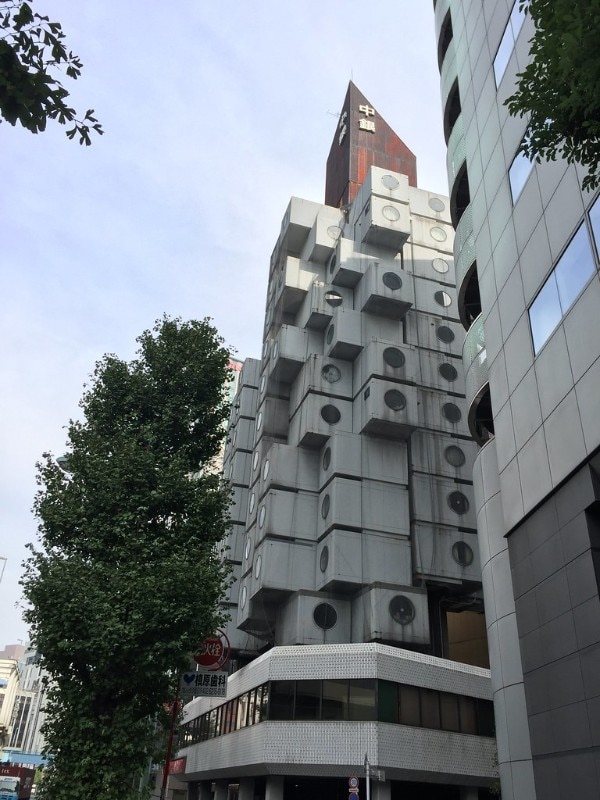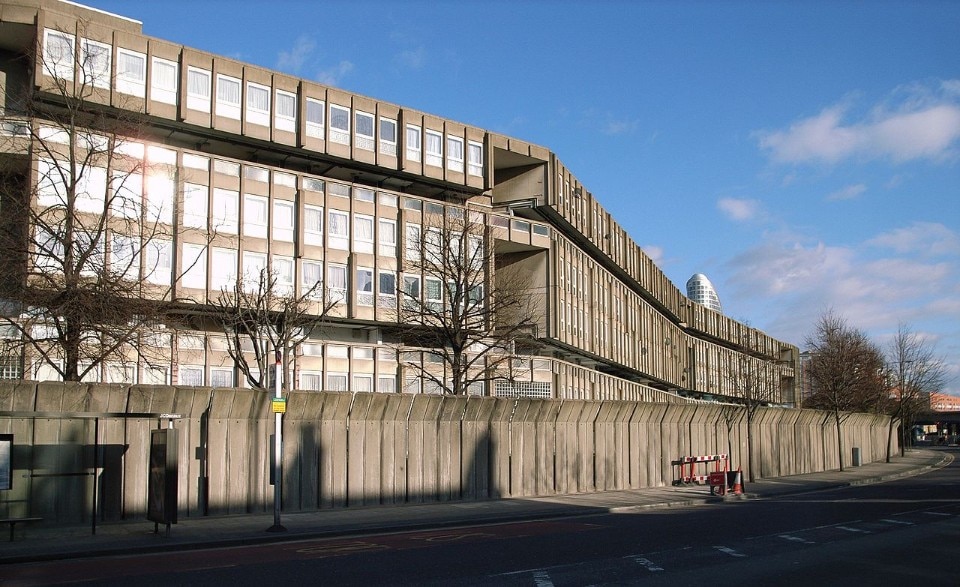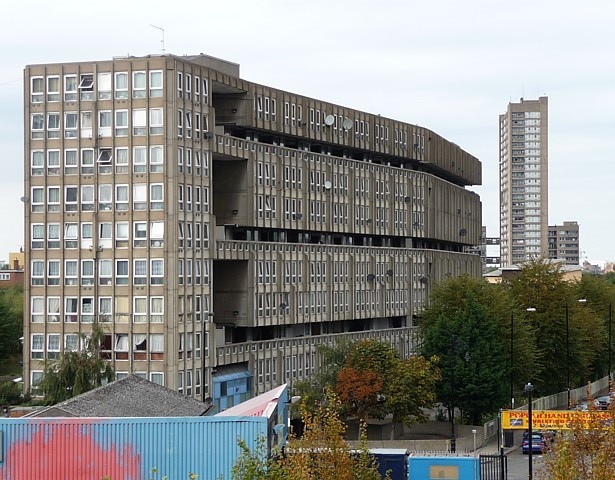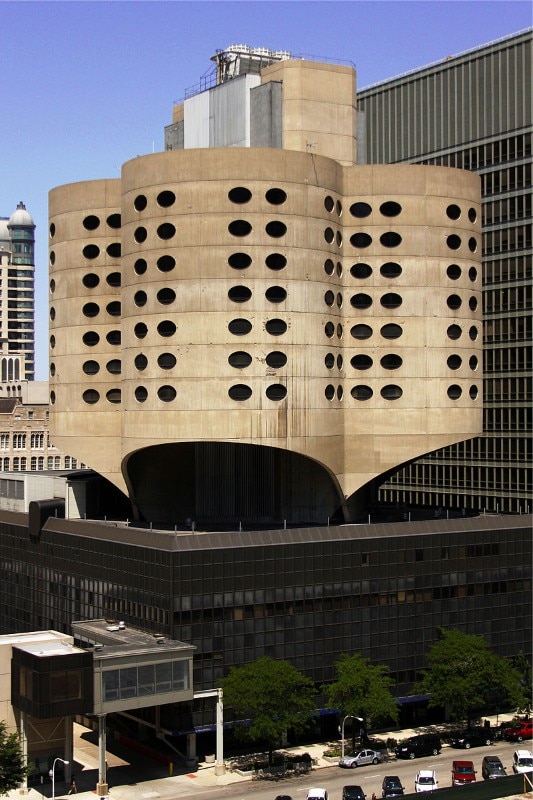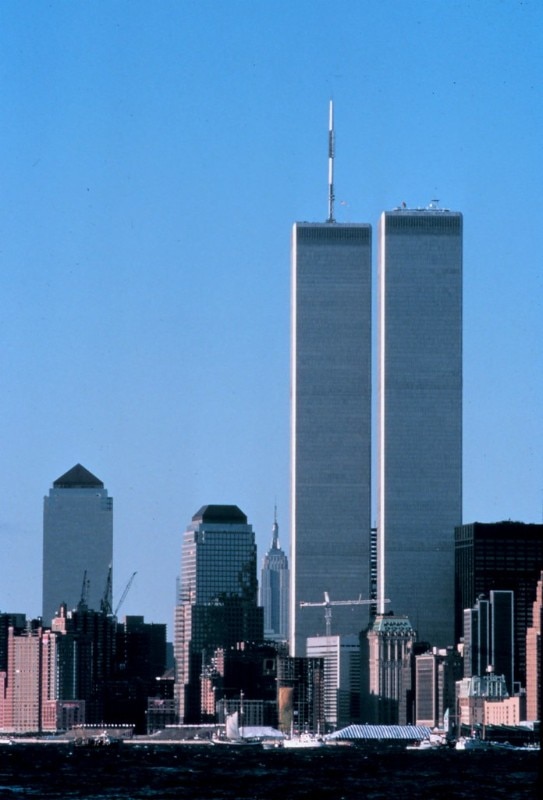If sometimes wrecking balls and explosive mines are greeted with relief by those who perceive in a specific built work a disfigurement to urban decorum or human dignity (just think of the vituperated Vele in Scampia), it also happens that the destruction of an architecture takes place with deep regret beyond the Kantian aesthetic judgement of the “beautiful” or other subjectivistic evaluative parameters. This is the case of architectures of the past that interpreted the spirit of an era and of those who designed them, that no longer exist today but continue to survive in photographs of the past, architecture books or in the minds of those who lived them.
Thus, we cite in everlasting memory works that have disappeared in their built forms but are timeless and crucial in the history of architectural thought: overwhelmed by catastrophic events (Crystal Palace by Joseph Paxton, World Trade Center by Minoru Yamasaki) or temporary (Esprit Nouveau Pavilion by Le Corbusier); overwhelmed by decay (Frank Lloyd Wright’s Imperial Hotel, Minoru Yamasaki’s Pruitt-Igoe, Alison & Peter Smithson’s Robin Hood Gardens, Kisho Kurokawa’s Nakagin Capsule Tower Building) or by the natural process of evolution of urban systems (Ernest Flag's Singer Building, McKim,Mead&White’s Pensylvania Station, Bertrand Goldberg’s Prentice Women’s Hospital and Maternity Center, OMA’s Netherlands Dance Theater); or, erased by the hand of man who has not seized their representative and testimonial value (Victor Horta’s La Maison du Peuple; Richard Neutra’s Gettyburg Cyclorama; Angelo Bianchetti’s Autogrill Pavesi in Montepulciano; Miguel Fisac’s Laboratorios Jorba).
If it is certain that nothing is created and nothing is destroyed but everything is transformed, even without indulging in a nostalgic cult of the past, the (rhetorical) question that arises spontaneously is whether, in some cases, the void that some of these works have left is not above all cultural and whether, in others, the replacement has compensated for the loss.


